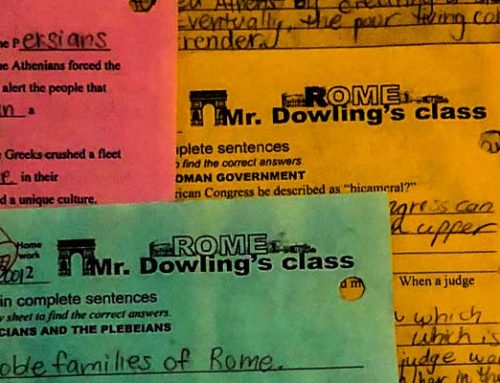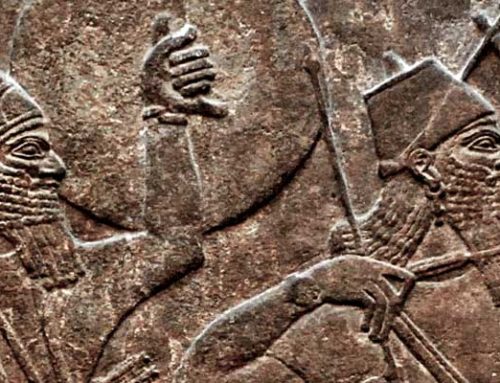Ancient Sumerian record keepers marked pictographic symbols in soft pieces of clay with a pointed reed. The clay tablets were then baked to make them hard. We call the Sumerian writing system cuneiform. Cuneiform means wedged shaped because the marks in the clay were wedges.
The first pictographs were simple. A writer would draw an object such as a fish or a broom to communicate to others. A pictographic writing system worked well in a simple society, but it was difficult to describe abstract concepts such as justice or liberty in pictographs. Many Chinese people continue to use a pictographic system today, but the government has endorsed the Pinyin system of phonetic writing.
Eventually, most cultures developed phonetic writing systems where a symbol represents a sound rather than an object. English speaking people agree that the symbols D-O-G refer to an animal. English, French, Spanish, German and Russian are examples of phonetic languages. Phonetic languages make small typewriters and computer keyboards possible. Imagine a different key for every single word!

Cuneiform
Sumerian writing is called cuneiform. We don’t know what the Sumerians called their writing, but we call in cuneiform, a Latin term that means wedge. The Sumerians created their script by making small wedges in soft pieces of class. They would later bake the tablets to preserve the writing.
Resources
Download this lesson as Microsoft Word file or as an Adobe Acrobat file.
Listen as Mr. Dowling reads this lesson.
Mr. Donn has an excellent website that includes a section on Mesopotamia.
Writing and the development of civilization
- Writing allowed people to keep records of their transactions.
- Writing made it possible for people to send messages with couriers to far away lands without traveling.
- Writing allowed people to pass on their accumulated knowledge to future generations.




